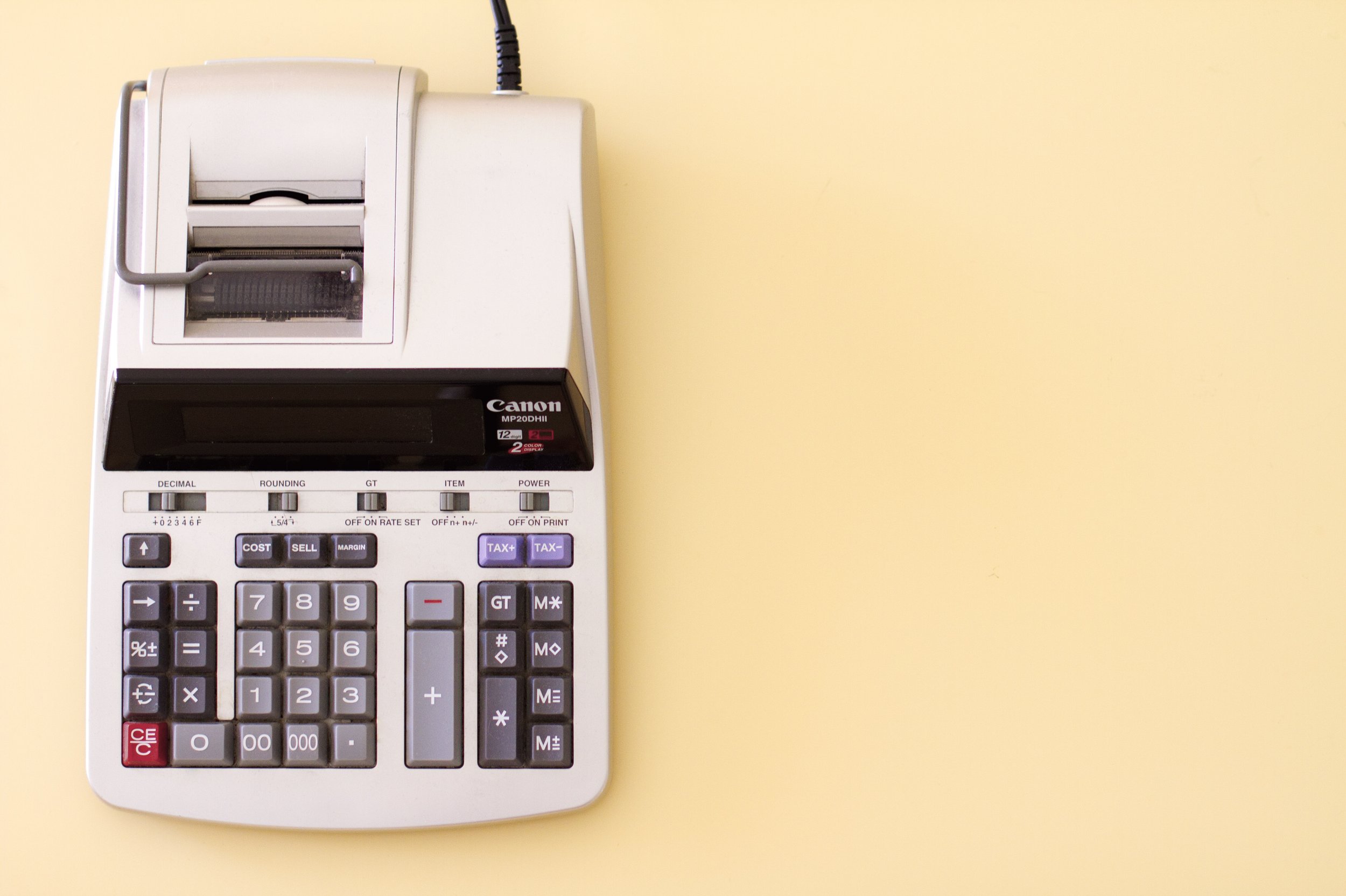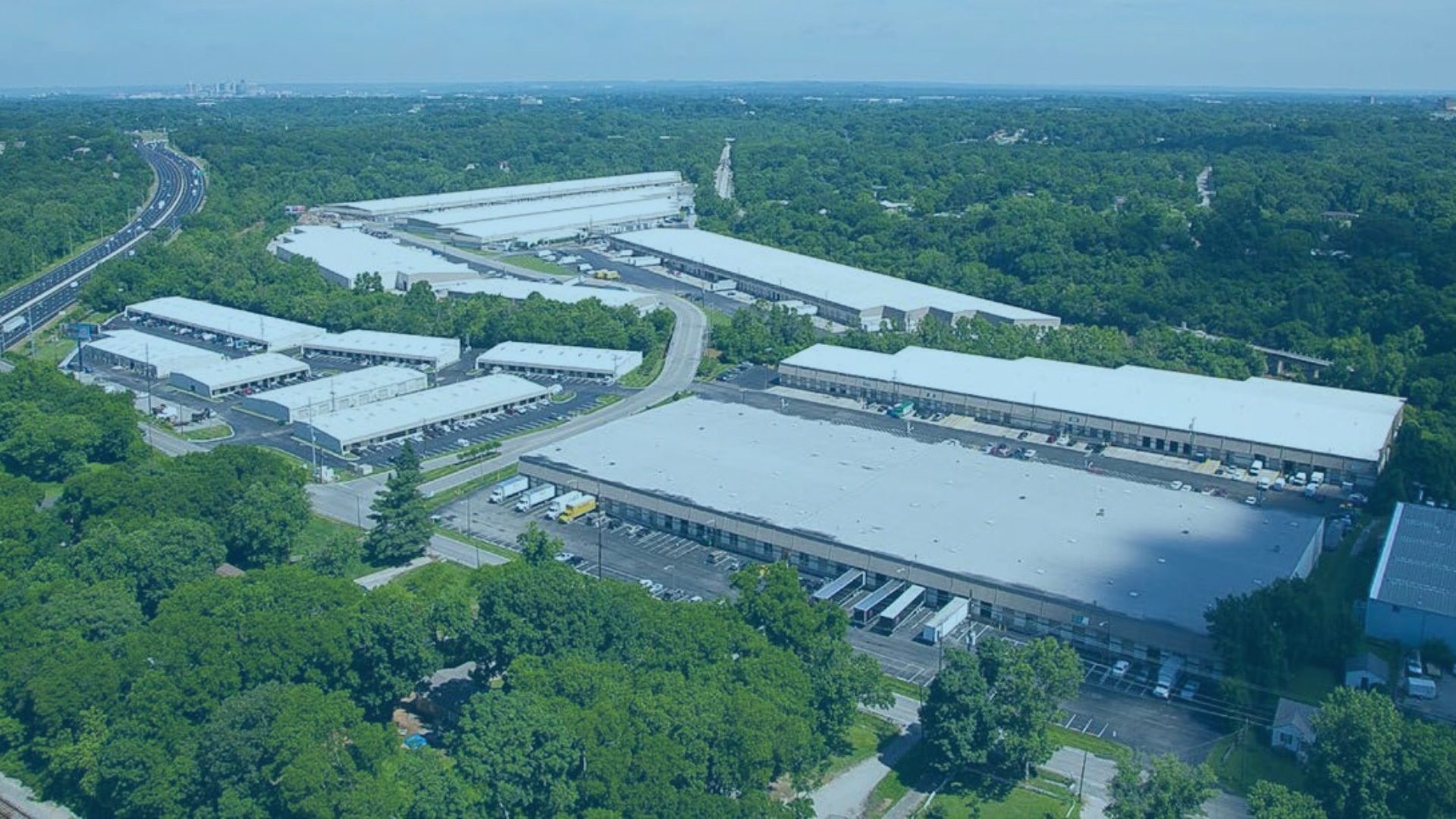3 Types of Commercial Real Estate to Buy After Coronavirus
Commercial real estate has experienced volatility since the Coronavirus shutdowns.
Businesses have found it difficult to afford their lease payments because of forced closures.
Residential tenants have struggled to keep up with their rent payments because of record unemployment numbers.
And commercial property owners are having to deal with the fallout on all fronts.
While some commercial asset types will struggle and may never recover from this downturn, there are a few that we feel will actually thrive in the post-Coronavirus world.
1. Last-Mile Warehousing
Last-mile warehousing falls under the industrial real estate umbrella.
These warehouses are a package’s final destination before landing on the consumer’s doorstep.
In order to deliver these shipments rapidly and as efficiently as possible, last-mile warehouse projects are often located inside or adjacent to the city’s urban core or within high-density residential neighborhoods.
Why Last-Mile Warehousing Will Thrive
E-commerce has skyrocketed in popularity over the last decade.
In fact, many of the world’s largest retail chains, like Sears and J.C. Penney, have filed for bankruptcy or gone under because they haven’t been able to keep up with changing consumer behavior.
As more consumers turn to online shopping, shipping, receiving, and logistics must fight to feed the demand.
After all – if customers aren’t taking goods from the store, they have to get to them somehow.
Enter: last-mile warehousing.
This asset type is essential to a retailer’s service now – if they’re unable to fulfill online orders and ship to consumers on-demand, it’s likely that consumer will spend their money elsewhere.
Coronavirus has caused a spike in demand for delivery and more Americans are finding it more convenient than ever.
Since last-mile delivery is often over 50% of the total cost of shipping, it’s critical that logistics companies locate as centrally as possible to their final destinations to maintain those lower costs.
2. Micro-Apartment Units.
Micro-apartment suites are a multifamily asset and are smaller than your typical residential living units – often in the 200 to 400 square foot range.
These units have to be efficiently designed since they’re often studios and are intended to accommodate a single resident.
Micro-apartment complexes are usually heavy on the amenities, which promotes community among the residents and provides space for activities outside of the living quarters.
Younger residents find a significant amount of value in this type of living since they can spend more money on experiences and fun activities instead of rent.
Why Micro-Apartments Will Thrive
Micro-apartments have been on the rise for quite some time now.
Since the units are smaller, the tenants pay less rent overall, which makes this product more affordable for the typical renter.
And it’s not just beneficial to tenants.
That’s good news for landlords and investors, too, since they will be able to justify higher prices per square foot on these units while keeping the overall monthly payment lower.
Micro-apartments provide an affordable option for renters and can also be significantly more profitable for investors.
3. neighborhood retail
Neighborhood retail is largely made up of the smaller strip centers and standalone buildings that service the needs of the surrounding neighborhood.
They’re often anchored by grocery shops, drugstores, restaurants, and daily conveniences.
A wide variety of businesses can locate within these projects, including dentists and professional services offices, so the tenant base is not exclusively retail, though the property is.
Why Neighborhood Retail Will Thrive
Neighborhood retail is very different from big box retail.
These centers are often smaller, with the largest anchor typically occupying around 5,000 to 15,000 sq. ft., as opposed to the 50,000+ sq. ft. seen by big boxes.
Thanks to the smaller suite sizes, neighborhood centers are far more flexible with the types of businesses that may occupy them, which makes it easier to maintain higher occupancy rates.
Neighborhood retail also provides the daily conveniences that the residential occupants in the immediate area seek, which has helped keep these tenants more recession-proof.
Commercial Real Estate Investing Has Certainly Changed
The world we lived in at the beginning of 2020 is not the world we live in today.
It’s important to keep that in mind.
Seasoned real estate investors are accustomed to the market’s ups and downs and our current environment is no different.
As always, those individuals that are willing to think creatively and adjust their investing strategy will continue to see success in the future.
There are still plenty of deals to be found out there as long as you’re willing to turnover those rocks and think critically about the pros and cons of each investment.
So there you have it for the 3 types of commercial real estate you should consider buying in the post-Coronavirus world.
About The Author:
Tyler Cauble, Founder & President of The Cauble Group, is a commercial real estate broker and investor based in East Nashville. He’s the best selling author of Open for Business: The Insider’s Guide to Leasing Commercial Real Estate and has focused his career on serving commercial real estate investors as a board member for the Real Estate Investors of Nashville.














If you're serious about real estate investing, it's time to look beyond those quaint single-family homes.
Bold statement? Absolutely. But stick with me here.
Now, don't get me wrong. Investing in a single-family home beats twiddling your thumbs on the sidelines of the real estate game. And yes, I'll even go out on a limb and say that residential real estate still outshines many other investment vehicles out there.
But that's not why we're here today, is it?
I'm about to lay out five reasons why commercial real estate should be your go-to play.